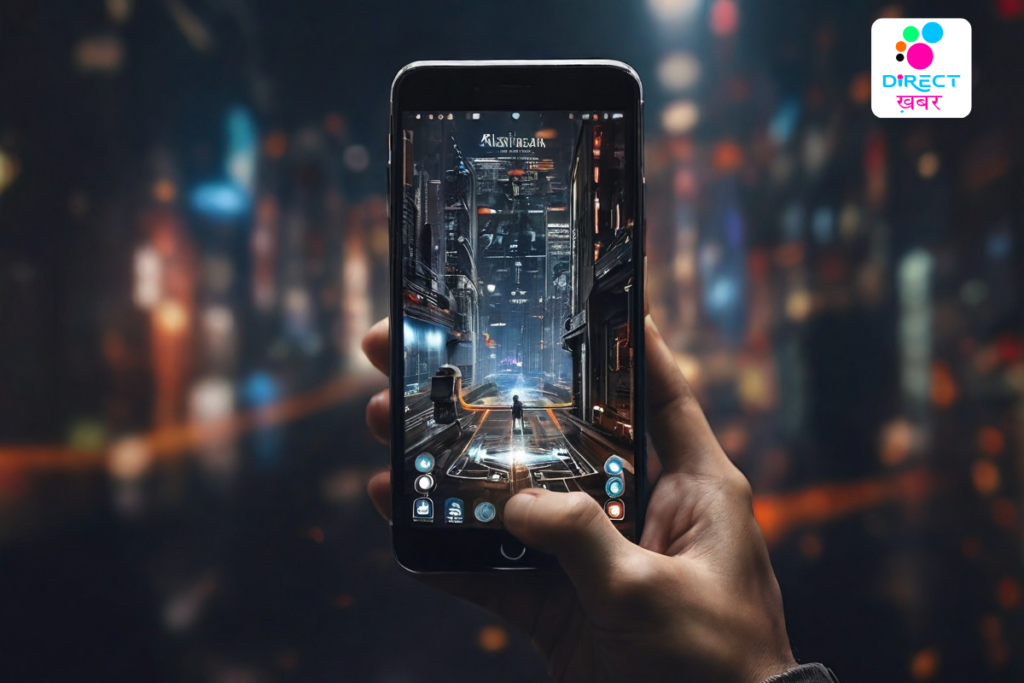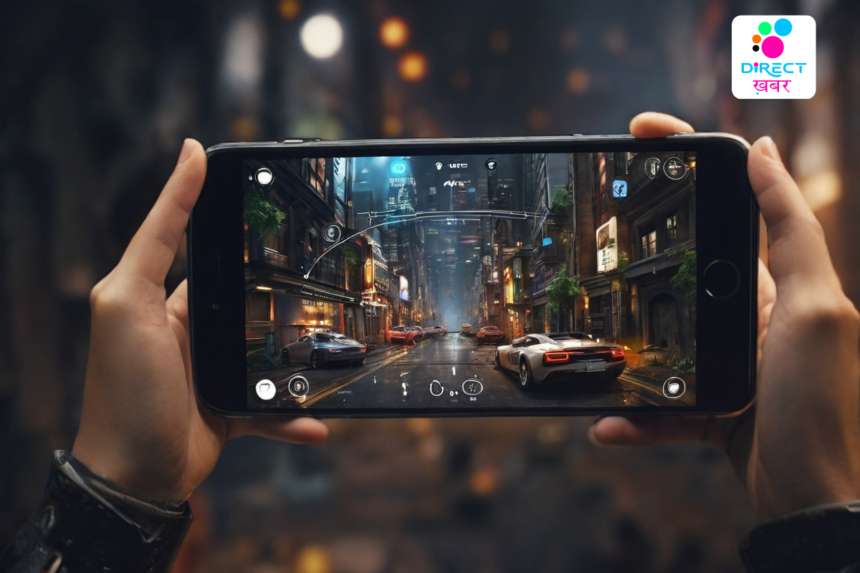Exploring the World of AR: How Smartphone Are Changing the Game
Augmented Reality (AR) has emerged as a transformative technology, seamlessly blending virtual elements with the real world. While AR has found applications in various industries, the integration of AR into smartphones has significantly expanded its accessibility and utility. This article explores the evolution of smartphone AR and its impact on changing the way we interact with technology and the world around us.
In education, mobile phone AR has opened up new avenues for interactive learning, enabling students to engage with educational content in immersive and meaningful ways. From virtual anatomy lessons to historical reenactments, AR brings textbooks to life and fosters deeper understanding and retention of complex subjects. Moreover, AR-based training simulations have revolutionized professional development across industries, offering safe and cost-effective alternatives to traditional training methods.
Looking ahead, the future of smartphone AR is brimming with potential. As smartphones continue to evolve with advancements in hardware and software, we can expect even more sophisticated AR experiences that blur the boundaries between the digital and physical worlds. From augmented reality glasses to wearable AR devices, the possibilities are limitless, offering exciting prospects for innovation and exploration.

The Rise of Smartphone AR:
Early experiments and pioneers in smartphone AR technology.
The introduction of ARKit (iOS) and ARCore (Android) by Apple and Google, respectively, revolutionizing AR development for smartphones.
The democratization of AR app development, leading to a surge in AR applications across different sectors.
Transforming Gaming and Entertainment:
The gaming industry embracing smartphone AR with titles like Pokémon GO, which brought AR experiences to millions of users worldwide.
Integration of AR features into popular social media platforms like Snapchat and Instagram, enhancing user engagement and creativity.
Augmented reality applications in live events, concerts, and theme parks, offering immersive experiences to attendees.
Enhancing Retail and E-Commerce:
AR-powered virtual try-on experiences for fashion and cosmetics, allowing consumers to visualize products before purchase.
Integration of AR in home furnishing and interior design apps, enabling users to virtually place furniture and décor items in their living spaces.
Enhanced product visualization through AR, leading to increased customer engagement and conversion rates for online retailers.
Revolutionizing Education and Training:
AR applications in education, providing interactive learning experiences for students across various subjects.
Training simulations using AR technology for industries such as healthcare, aviation, and manufacturing, improving learning outcomes and reducing costs.
Virtual field trips and historical recreations through AR, bringing learning opportunities to life beyond traditional classrooms.
Empowering Navigation and Wayfinding:
AR-based navigation apps offering real-time directions overlaid onto the user’s surroundings, enhancing navigation in unfamiliar environments.
Integration of AR features in mapping applications, providing contextual information about landmarks, points of interest, and local businesses.
Augmented reality solutions for indoor navigation in airports, shopping malls, and large venues, improving visitor experience and accessibility.

Addressing Challenges and Future Directions:
Technical challenges such as hardware limitations and environmental factors impacting AR performance on smartphones.
Advancements in smartphone technology, including improved sensors and processing power, driving the future of AR innovation.
Opportunities for cross-platform AR experiences and interoperability to further enhance user adoption and utility.
Smartphone augmented reality has transformed the way we interact with technology, blurring the lines between the physical and digital worlds. From gaming and entertainment to retail, education, and navigation, AR applications on smartphones continue to revolutionize various industries, offering immersive experiences and practical solutions to users worldwide. As technology continues to evolve, the future of smartphone AR holds promising opportunities for further innovation and integration into our daily lives.
In the realm of gaming and entertainment, smartphone AR has ushered in a new era of immersive experiences. Titles like Pokémon GO, with its innovative use of AR technology, have captivated audiences worldwide, encouraging exploration and social interaction in ways previously unimaginable. Beyond gaming, AR has infiltrated social media platforms, allowing users to augment their reality with filters and effects, fostering creativity and engagement on a massive scale.






